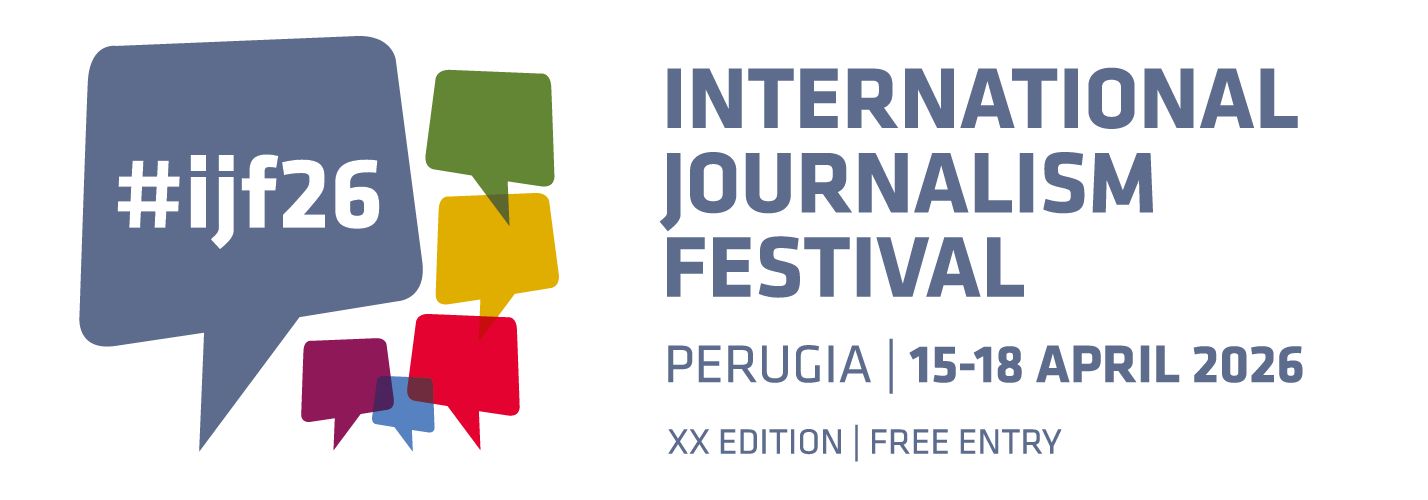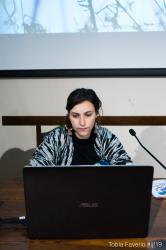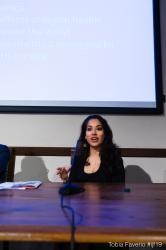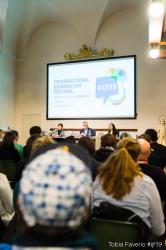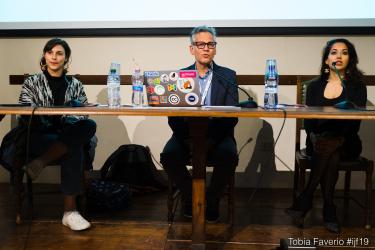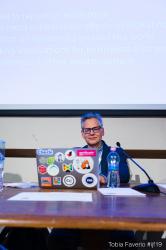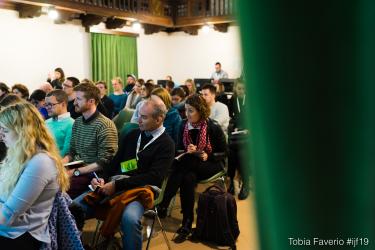In the field of global health, information quality crises can quickly escalate into public health crises, with grave consequences for both population health and trust in institutions more broadly. Widening fears of vaccinations, diagnostic processes, treatments and interventions, based on misinterpretations and successive sharing of low-credibility content about health online leads to distrust not only between doctors and patients, but between communities and health information authorities. The role of strong journalism in health emergencies, as well as quality reporting about new and emerging health research, is essential for mitigating the risks of health misinformation; and this has far-reaching effects.
This session will emphasize that combatting health-related misinformation in the digital age requires stronger integration between health practitioners and journalists, identifying missed opportunities and learnings through three case examples: reporting on adolescent health and family planning, health and ‘wellness’ trends, and infectious disease outbreaks including Ebola and HIV. Panelists will highlight the ways in which public health best practices and the most up-to-date information is communicated differently to different populations, and the important role that journalists play in strengthening the health information ecosystem - in both everyday and emergency settings. Experts will share insights about the importance of the ‘voice’ that delivers global health messages, the media through which messages are being conveyed, and the specific language used. We will use these case studies to further describe which collaborations can be most useful when creating more efficacious media and reporting on global health topics and in health emergencies.
This panel will discuss the following core issues:
i. Examining the role that the digital information ecosystem plays in propagating health misinformation - or information that is harmful to target audiences - and journalists’ role in spreading/counteracting this)
ii. Investigating barriers to information that can make public health content inaccessible to the target populations that journalists are trying to reach - examining both the messages and the messengers.
iii. Describing issues of health misinformation online through three health case examples— adolescent health and family planning, ‘wellness’ trends, and infectious disease—and discussing what journalists might do to address them.
iv. Analyzing how human-centered approaches for reporting research, network science and digital language analysis can be used to inform and strengthen new digital communication strategies for health.
Organised in association with Meedan.
